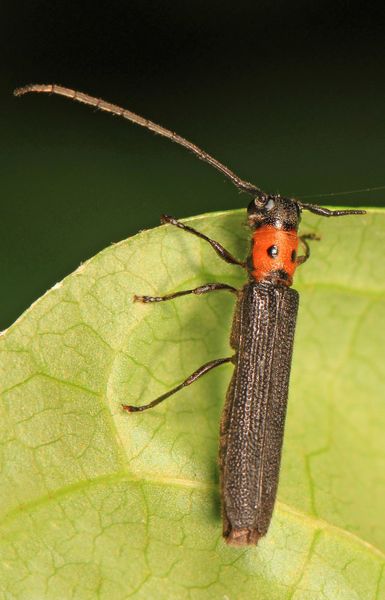What is a Cane Borer?
There are several species of insect that are considered cane borers. These include the raspberry cane borer (Oberea perspicillata), the red-necked cane borer (Agrilus ruficollis) and the bronze cane borer (Agrilus rubicola). Both the red-necked and bronze varieties are types of flat-headed borers.
Raspberry Cane Borer Info
Raspberry cane borers are beetles that live their entire life cycle on cane plants. They are laid as eggs just below the tip of the plant. When they hatch into larvae, they burrow down through the cane and overwinter in the plant’s crown. In the spring, they enter the soil and emerge as adult beetles, black and about half an inch (1 cm.) long. Raspberry cane borer damage usually first appears as wilted or blackened tips, followed by canes weakening or even failing. Evidence of raspberry cane borers is very distinctive: two girdled rings about half an inch (1 cm.) apart and six inches (15 cm.) from the tip of the cane. This marks the spot the female borer has pierced the cane and laid her eggs. Manual raspberry cane borer control is relatively easy and effective. Find affected canes and cut them an inch (2.5 cm.) or so below the lower girdle. The larvae spend the first year or so of their lives in this spot, so this method has a very high success rate. Burn any canes you remove in this way.
Flat-Headed Cane Borer Control
Both red-necked cane borers and bronze cane borers are small, about ¼ inch in length (0.5 cm.). They can be told apart by the colors that earn them their names. The distinct symptom of these borers is a swelling or gall in the cane, about 1 to 3 feet (.30 to .91 m.) off the ground, where the larvae burrow through the bark. Eventually, the cane above these galls will die. Managing flat-headed cane borers is best done by cutting and destroying the cane six inches (15 cm.) below the lowest gall in the late winter. This will kill the larvae before they have a chance to emerge in the spring as adults to lay more eggs.
